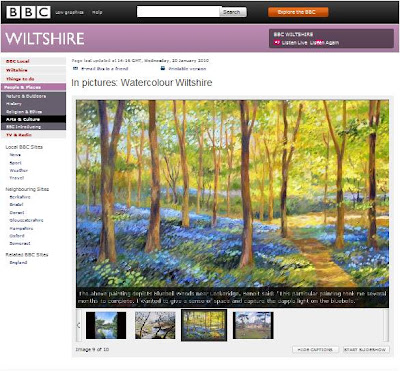At the week-end, I read in the Saturday Times a good review of a recent book titled “ The Checklist Manifesto: How to get things right ” by Atul Gawande.

The book contains stories on how the introduction of checklists in hospitals let to significant results. For instance, a study showed that of the five basic steps that doctors could take to help to prevent line infections, doctors skipped at least one in at least a third of cases. By using a simple checklist, ten-day line-infection rates went from 11 per cent to zero.
Another profession to use checklists is aircraft pilots. In fact, use of checklist has become common in aircraft safety procedures.
It is easy to dismiss the use of checklists because they are low tech, simple and don’t cost anything. How such a simple tool can be effective in this age of electronics and gadgets? Are these simple tools being there to help the simple minds? Yet surgeons and pilots are using them and checklists save lives everyday.
There is a quote in the Saturday Times article to which I totally subscribe: “It is discipline rather than brilliance that preserves life. Indeed, discipline leaves more room for brilliance.”
Having checklist for routine tasks in your daily artist practice free-up your mind and let you concentrate on the creative side.
Checklists for artists
I found that checklists are not only practical, but also a great way to incorporate what you learn on the way. You discover that you forgot something when you go through the checklist and add it for the next time. By tweaking your checklist, you make your processes more efficient and you spend less time on tasks away from your easel.
Examples of checklists for artists:
- Organising an exhibition checklist
- Installing and exhibition checklist
- New painting checklist
- Framing checklist
- Plein-air painting pack checklist
- Shipping art checklist
- New gallery checklist
- Contract checklist
This is just scratching the surface…
Related resources
- Atul Gawande’s website. Make sure you have a look at “The checklist for checklists”
- The Checklist Manifesto: How to get things right
on Amazon (UK)
- “The Checklist Manifesto: How to Get Things Right by Atul Gawande” by David Aaronovitch – The Saturday Times 23 January 2010
- Review of the book The Checklist Manifesto by STEVEN D. LEVITT for the New-York Times
Art checklists Atul Gawande The checklist manifesto Art studio hacks Productivity





